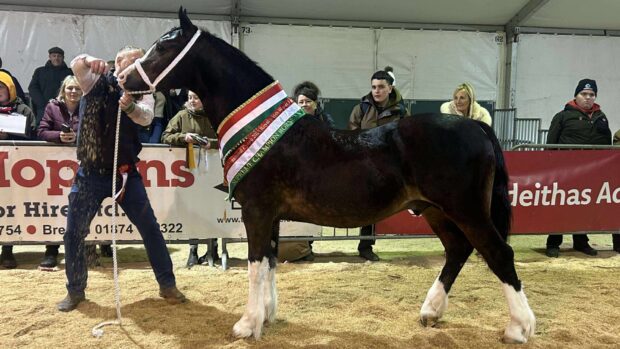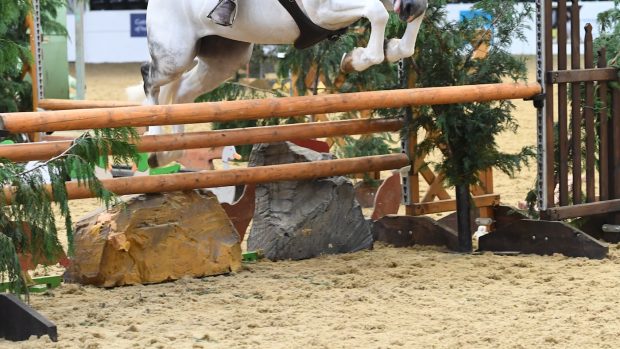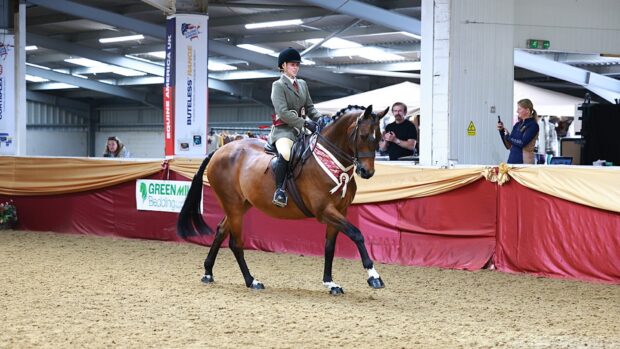Expert advice on how to improve a lead rein pony’s way of going
Q: I have bought a pony for my young daughter to compete in lead rein classes. Unfortunately he tends run along on the forehand with his nose pocked out, so we end up down the line all the time. How can we improve his head carriage and way of going?
Patricia Hardcastle replies: I assume your daughter is not yet able to ride the pony up into the bridle, preventing him from falling on the forehand and poking his nose. If this is the case then don’t worry as you can improve a pony’s way of going by working him from the ground.
To prevent your pony falling “on the forehand”, he must engage his hindquarters, instead of pulling himself along with his front legs. Lungeing and in-hand work can improve the activity in his paces, his head carriage and therefore his muscle tone, making the pony more obedient and impressive in the ring.
Gentle lungeing in a bridle with a mild bit of the correct size and correctly adjusted side reins will encourage the pony to work in the correct outline. When working the pony encourage him with the lunge whip, working towards a strong, by not fast, rhythm.
Successful lunging is a skill which has to be learnt. If you have not lunged before, then find a qualified instructor, preferable one who is interested in showing, who can teach you how to lunge safely and effectively.
You can also work the pony in-hand without a rider. Use side reins and drive the pony forwards by tapping a schooling whip against your boots in the hand furthest from the pony. Find your pony’s “working pace” and adjust yourown stride up or down accordingly.
Concentrate on transitions once you have established a good walk – square halt to active walk, active walk to steady trot and back again. Do not attempt circles or figures of eight until you have aresponsive, active pony that is working with you, not against you.
Fixed V elasticated side reins
There are pros and cons to both fixed or elasticated side reins. Some people believe fixed side reins encourage the handler to fix the pony’s head in a certain position, while others think elasticated side reins encourage the pony to snatch, ultimately lead to the pony pulling at the reins and head tossing when ridden.
Personally, I have used both types without problem, but they must be correctly fitted and the pony driven forward into the bridle when working. This ensures the pony uses himself and has no opportunity to developing bad habits.
Top training tips
- Pace yourself to your pony
- Help your rider as much as possible
- School the pony on and off the leading rein
- Use a mild bit – a severe bit will create end a hard mouthed pony
Read more showing tips:



